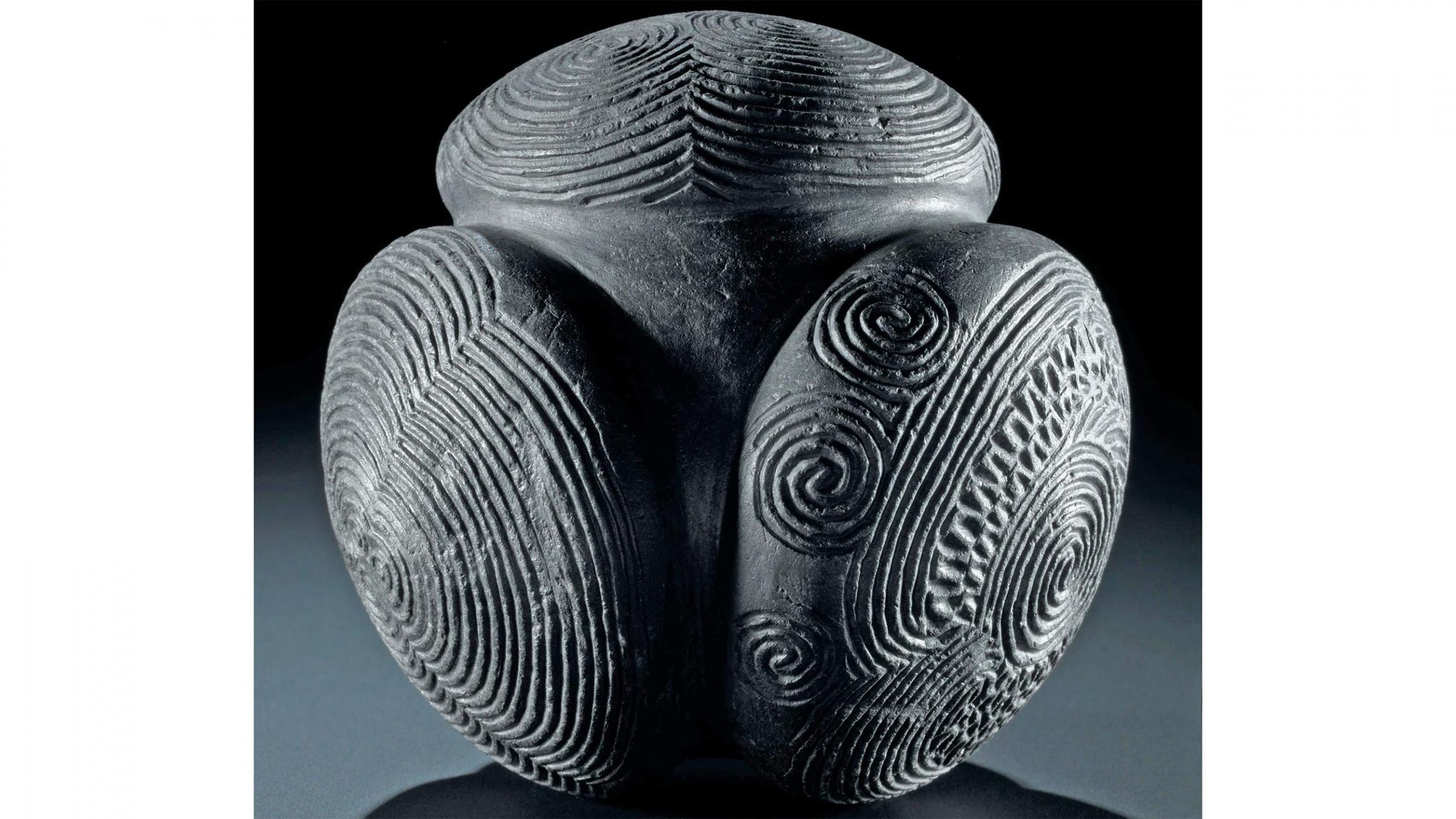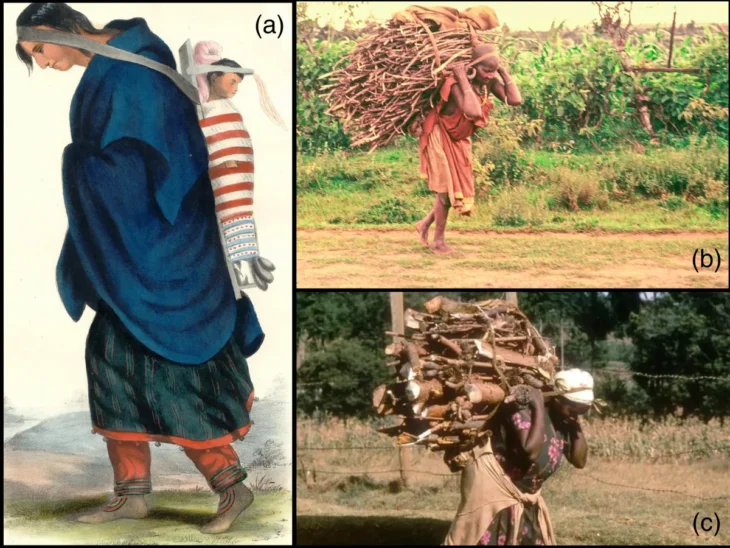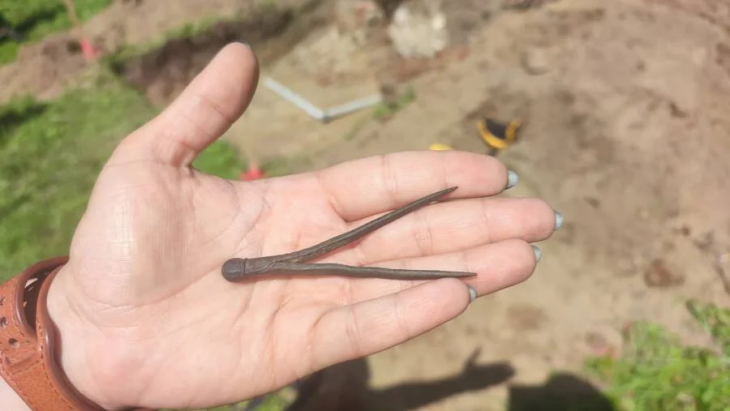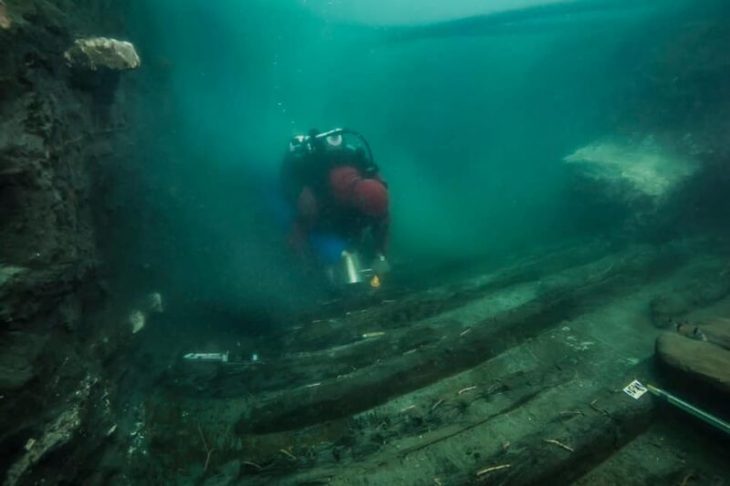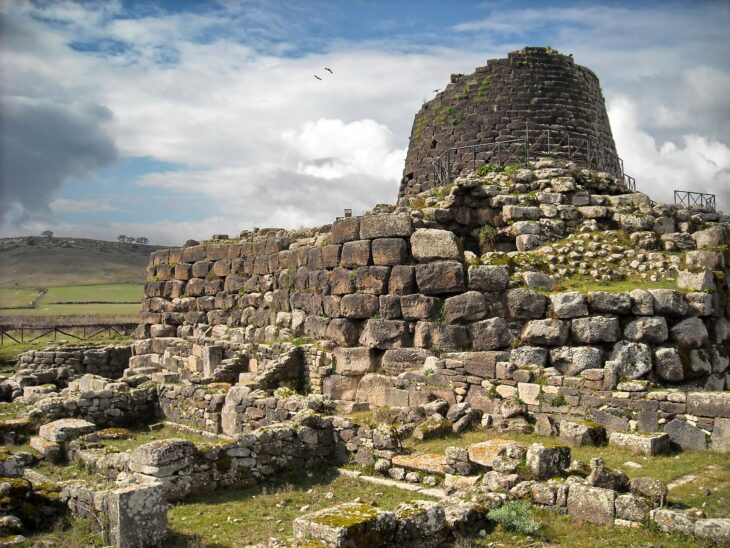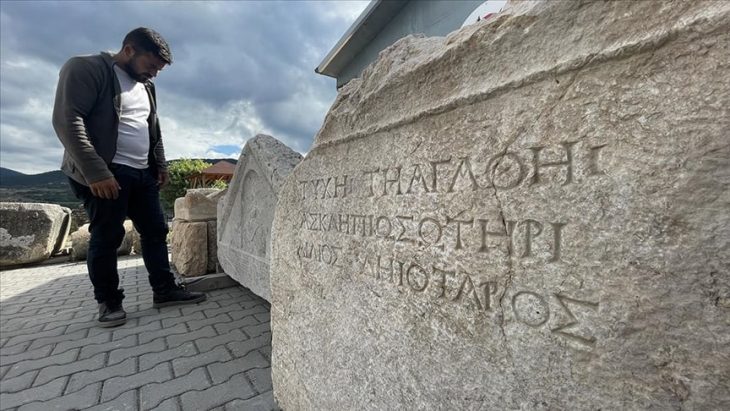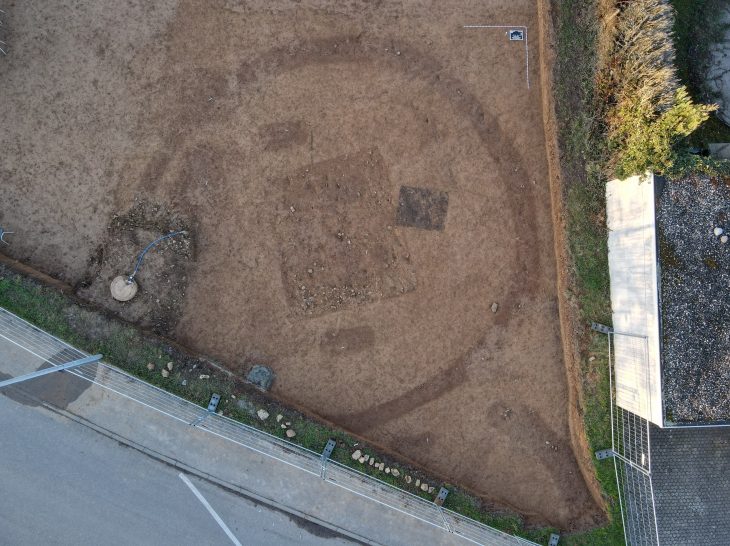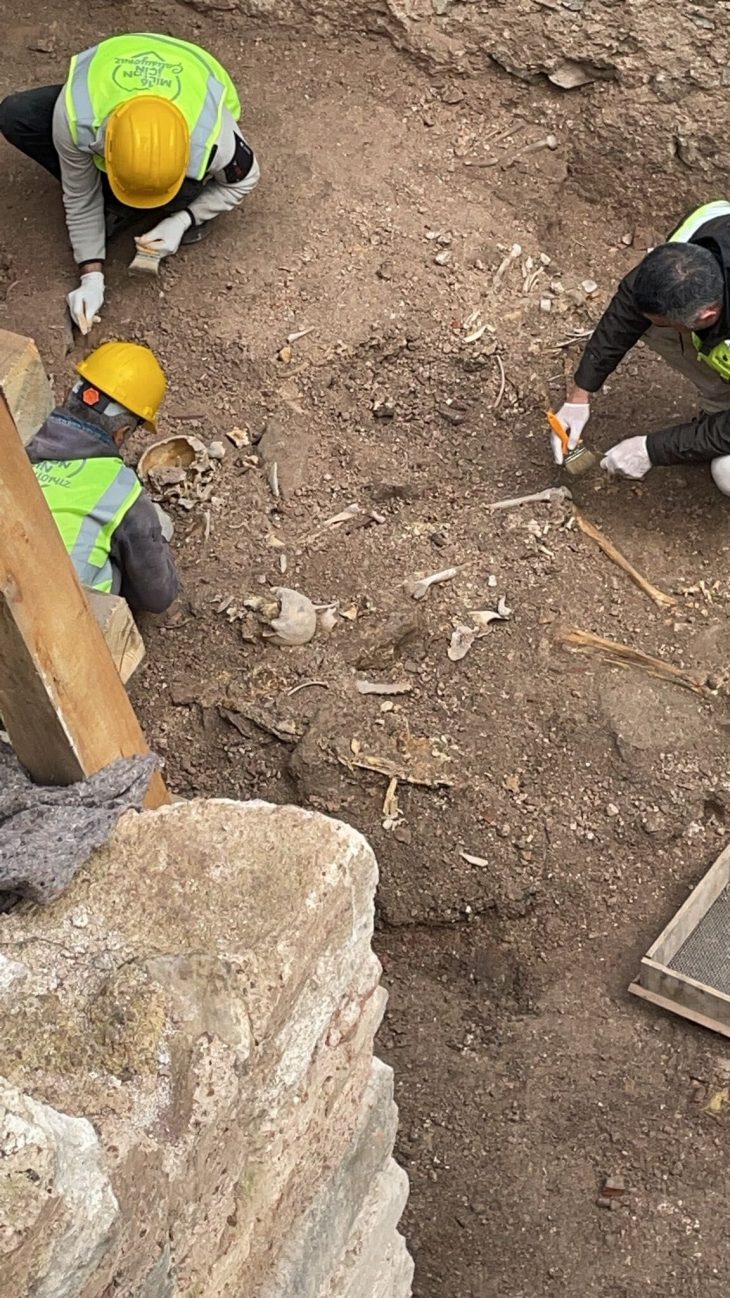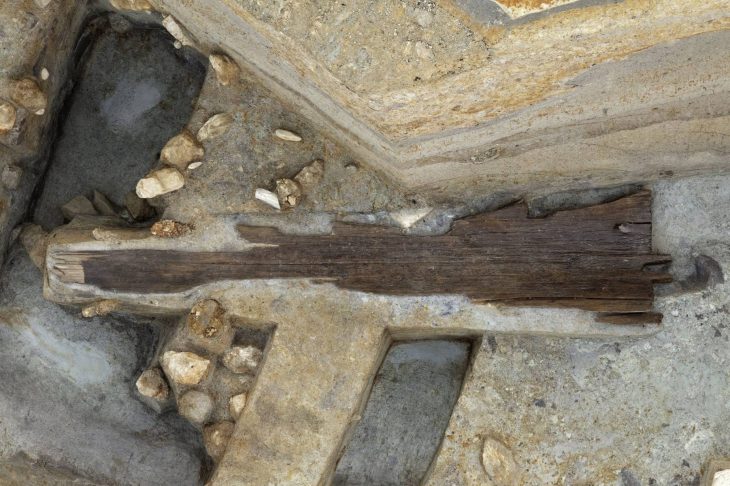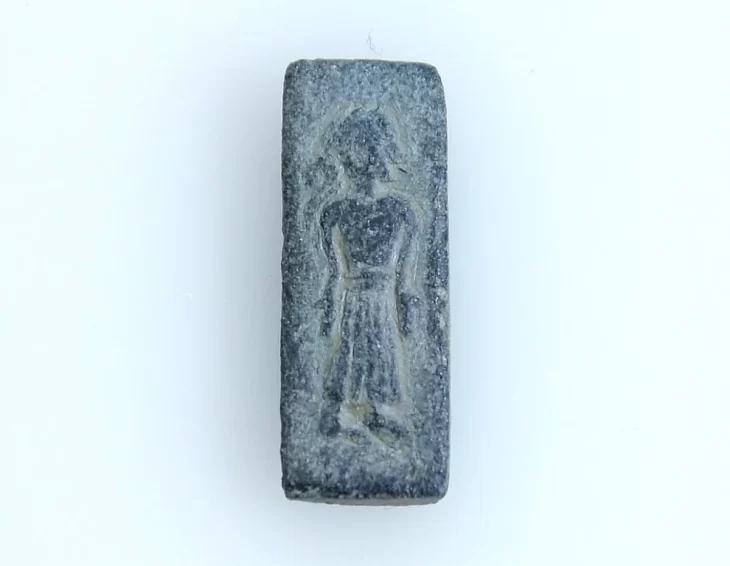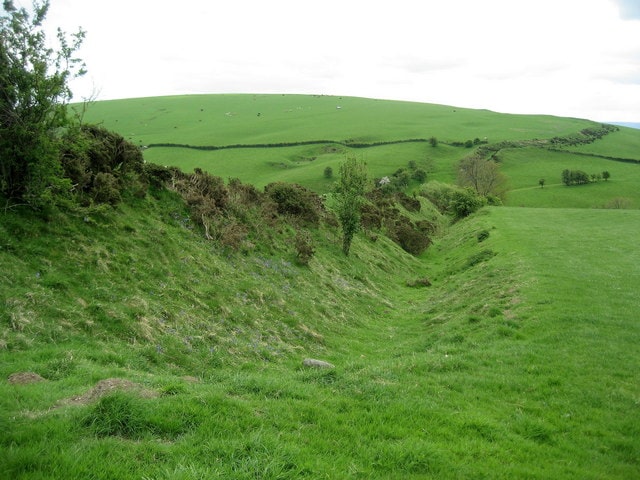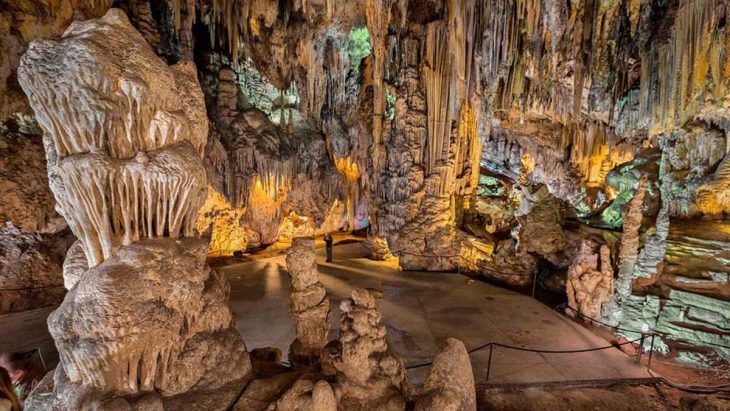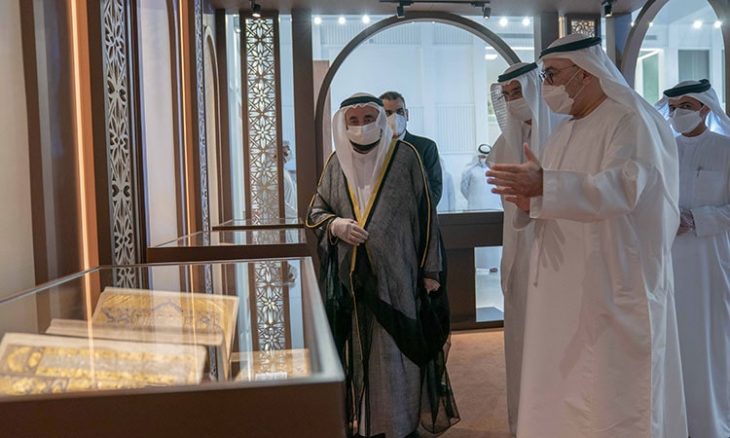In Orkney, archaeologists discovered two carved stone balls in a tomb dating from 3500 BC.
Archaeologists are on-site at Tresness, Sanday, are excavating the tomb, which is thought to be one of Scotland’s earliest monuments. Among the discoveries found at the site are two stone balls.
Carved stone balls are native to Scotland. In total, more than 500 carved stone balls have been discovered so far. most of them were found in northeastern Scotland, but also in the Orkney Islands, England, Ireland, and Norway.
The original function or significance of the Neolithic stone balls, which are considered as some of the greatest examples of Neolithic art, is still unknown to archaeologists.
They might have been created as stone heads for crushing weapons, standardized weights for Neolithic commerce, or rollers for transporting the massive stones used in megalithic constructions, according to certain theories.
📣 Our WhatsApp channel is now LIVE! Stay up-to-date with the latest news and updates, just click here to follow us on WhatsApp and never miss a thing!!
Many of the carved stone balls’ knobs were wrapped with string or sinew, allowing them to be thrown like slings or South American bolas, according to one idea. Other hypotheses characterize the balls as religious devotional objects or societal status markers.
The Scotsman wrote that Dr. Hugo Anderson, senior curator of prehistory (paleolithic – neolithic) at the National Museum of Scotland, described the Second object as “the size of a cricket ball, perfectly spherical and beautifully finished”.
The Scotsman, “Carved stone balls were symbols of power and were probably used, along with perhaps maces, to inflict blunt force trauma to the head. One skull from the Cuween passage tomb on Orkney shows signs of such injury” wrote.
The Tresness tomb is a stalled cairn with a burial chamber divided into numerous sections.
The National Museum of Scotland in Edinburgh houses the world’s biggest collection of carved stone balls, which includes around 140 originals from Neolithic (New Stone Age) sites in Scotland and the Orkney Islands, as well as 60 casts of similar artifacts from other locations.
Cover Photo: Towie Ball- NATIONAL MUSEUMS SCOTLAND

